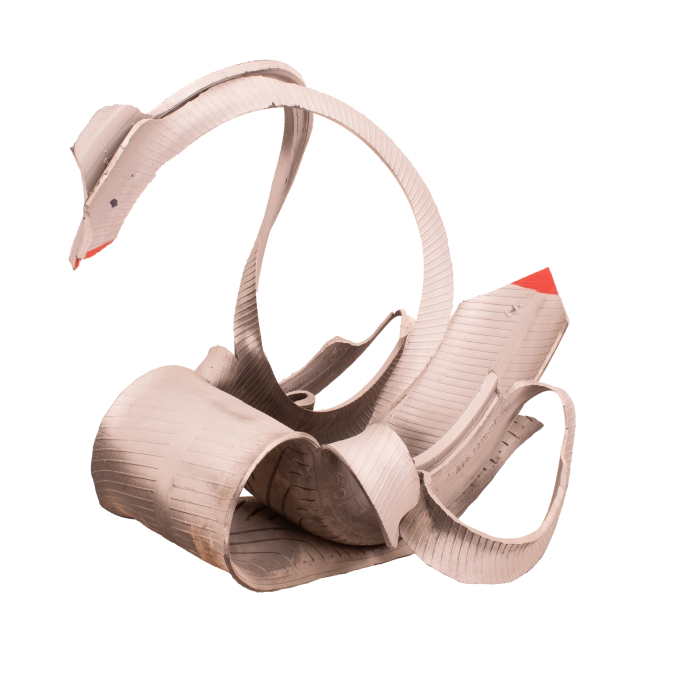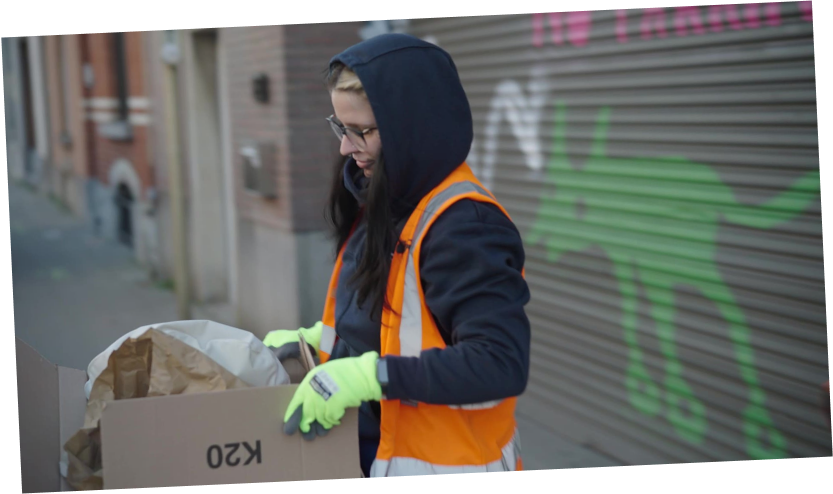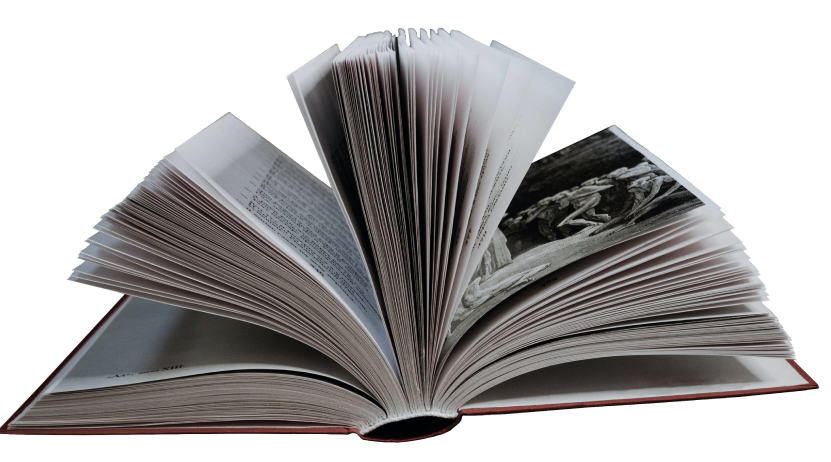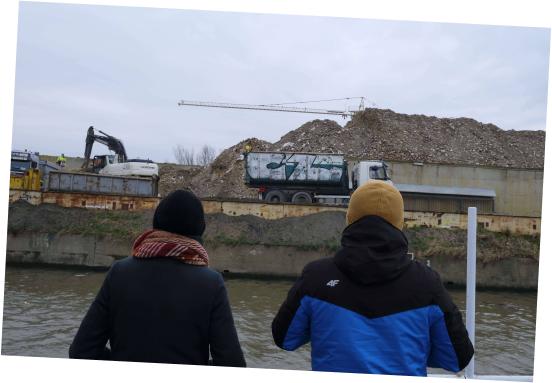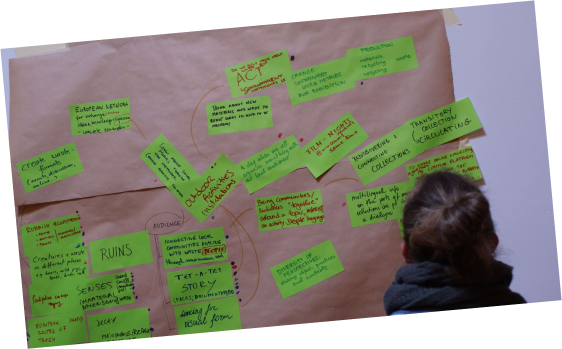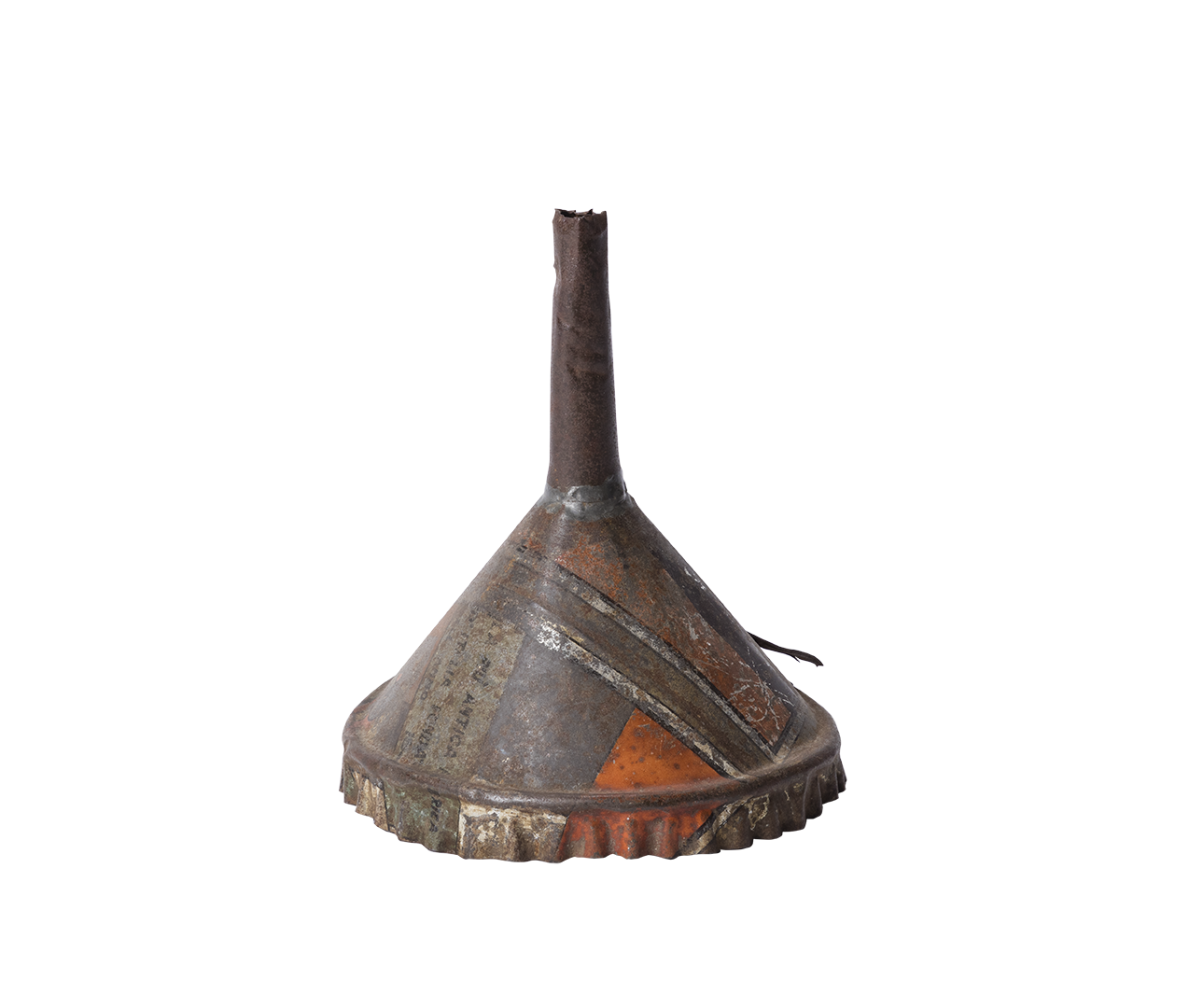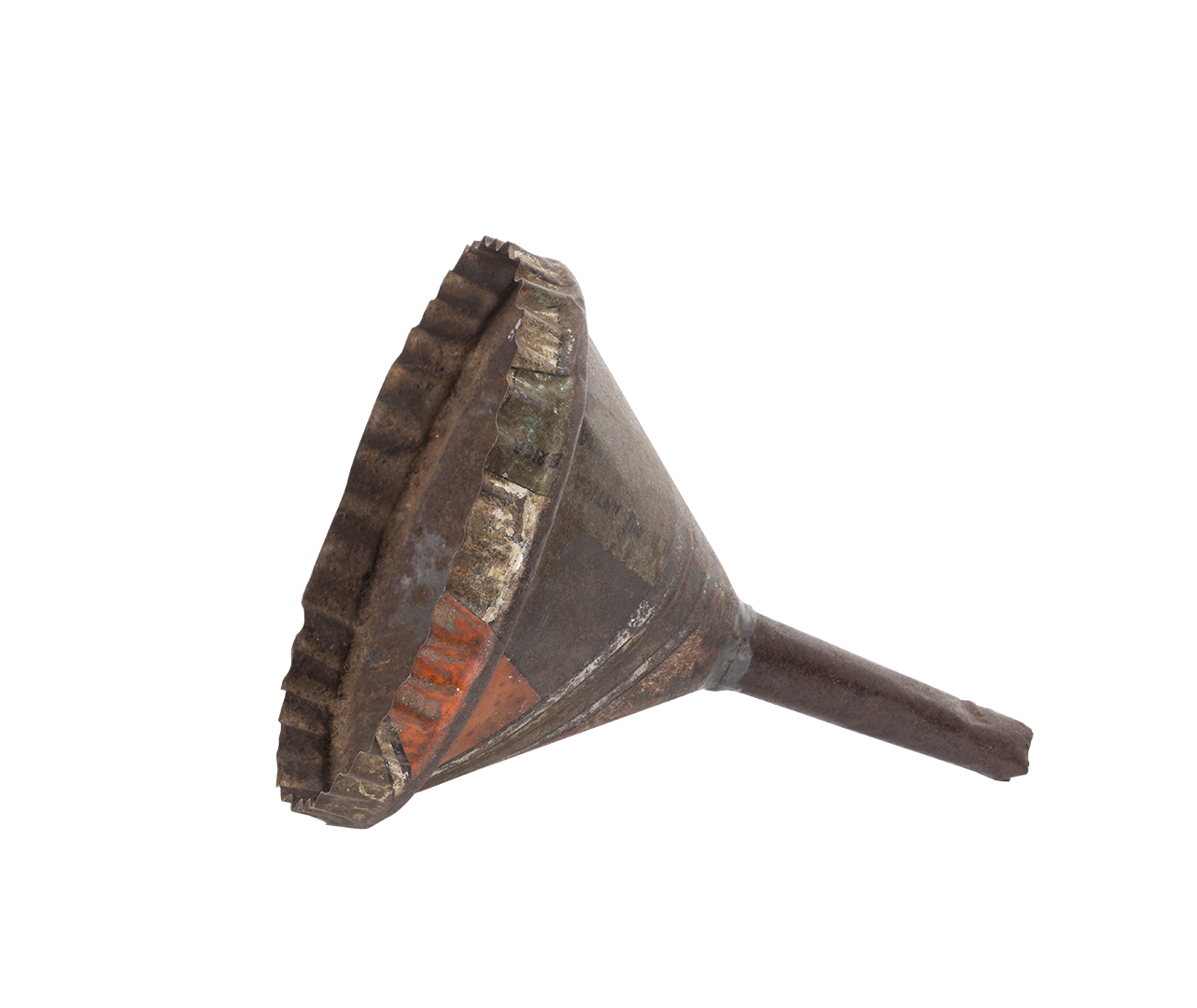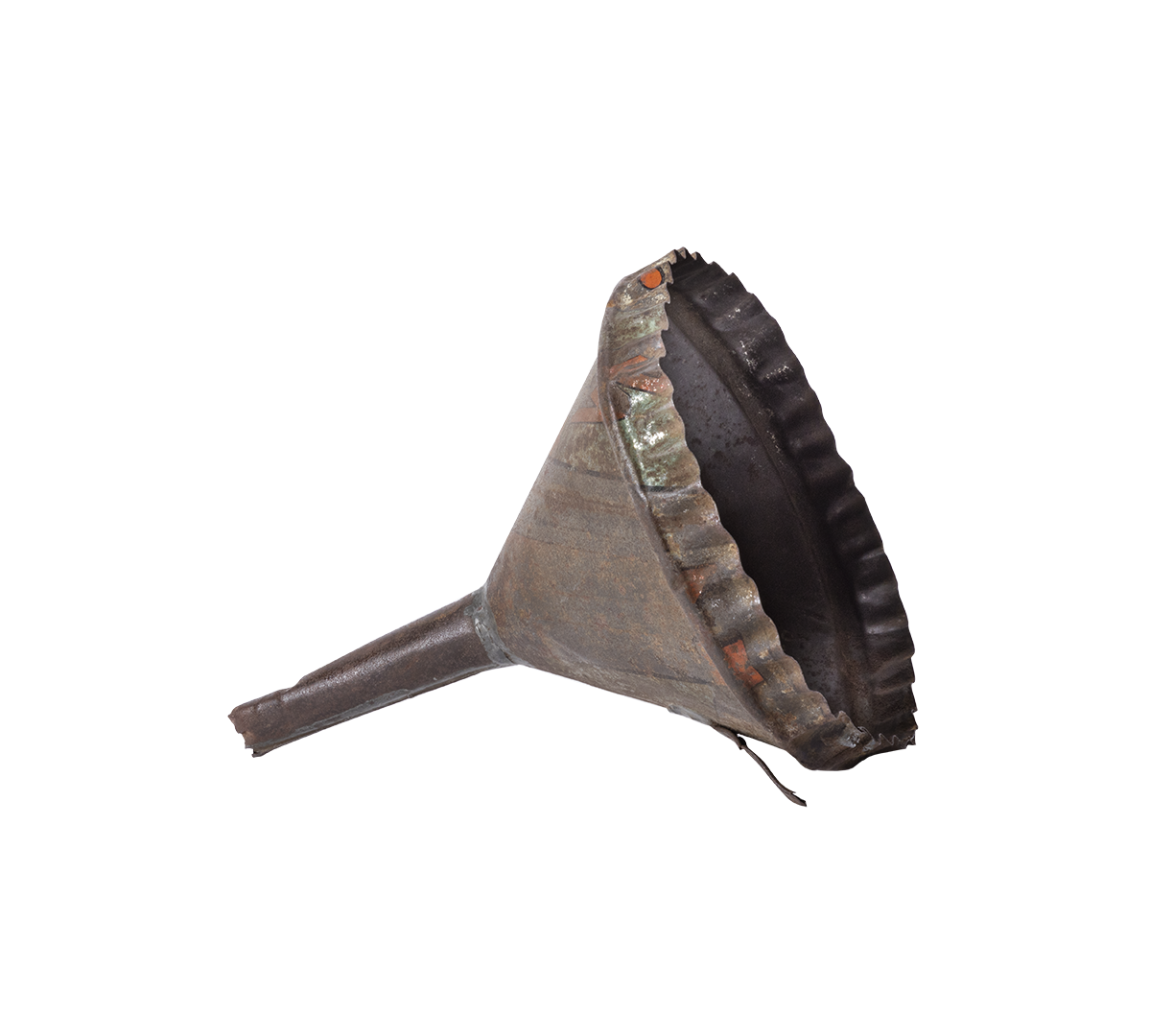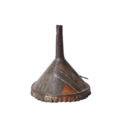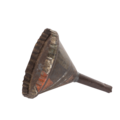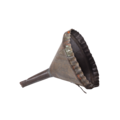Artist/Maker Unknown
Date Production/Creation
20th century
Entry in the museum collection
Terminus post quem 1950
Place of origin
Ozzano Taro, Collecchio, Parma, Emilia Romagna, Italy
Current location
Ettore Guatelli Museum foundation, Ozzanno Taro, Italy
Material
Made of tin cans
Dimension
17 (H) 13,5 (l) 14 (L)
Inventory Number 103
Keyword Home Recycle Self-made/DIY
Copyright @Fondazione Museo Ettore Guatelli
Status On display
Image Credit Mauro Davoli
The upcycler’s mind is ever alert. For every problem, there’s an unlikely solution.
What is this object about, who are the people behind it?
The Ettore Guatelli Museum is, in a sense, an exhibition of lives reflected also in the items belonging to the world of spontaneous design, such as the funnel made of recycled cans. Ettore Guatelli’s project was not an end in itself. He wished to create a museum displaying lives, a museum of humanity that was not simply a nostalgic recollection of a rural farming community that has now almost completely disappeared, but sought to capture the essence thereof through the stories behind its exhibits, reflecting the value and dignity of all human lives.
What places is this object related to, how European/transnational is it?
The Ettore Guatelli collection can be described as constantly evolving because, as its director Mario Turci wrote: “[...] Each new exhibit prompted Guatelli to complete or reinvent part of the collection. His museum is constantly evolving, reflecting a sense of timelessness, as if in deference to its exhibits and the stories behind them that were continuously renewed, reinvented, redesigned and reused.’ (Magni C., Turci M. (ed.), The Museum is here. The Ettore Guatelli Museum, Ozzano di Taro, Milan, 2005, Skira)
Why and how did this object arrive in the museum’s collection?
In the 1950s, Ettore Guatelli began increasingly regular visits to waste collectors’ storerooms in the Apennines, gradually laying the foundations for his future museum. From the mid-1970s, his collection expanded considerably, becoming unintentionally part of a growing trend in the seventies and eighties for the revival and promotion of popular culture. As a result, his establishment became a unique and inimitable demographic, ethnological and anthropological heritage museum of 20th-century Italy.
What is the relation of this object to waste?
‘How many things can a tin be used for? The uses are so obvious that we finally lose count of them. Tins abound today. In the past, however, they only contained preserves and there were far fewer of them, since farmers did their own preserving: the gentlefolk who came for a taste of the country left them along the riverbanks in large holes that we children used to call "buson". We would collect them to make toys, although the adults sometimes found other uses for them [...]’ [Ferorelli V., Niccoli F. (ed.), 1999, The cat’s tail: writings by Ettore Guatelli: his museum, his stories, Institute for Cultural and Natural Artistic Heritage of the Emilia-Romagna Region, Bologna]

